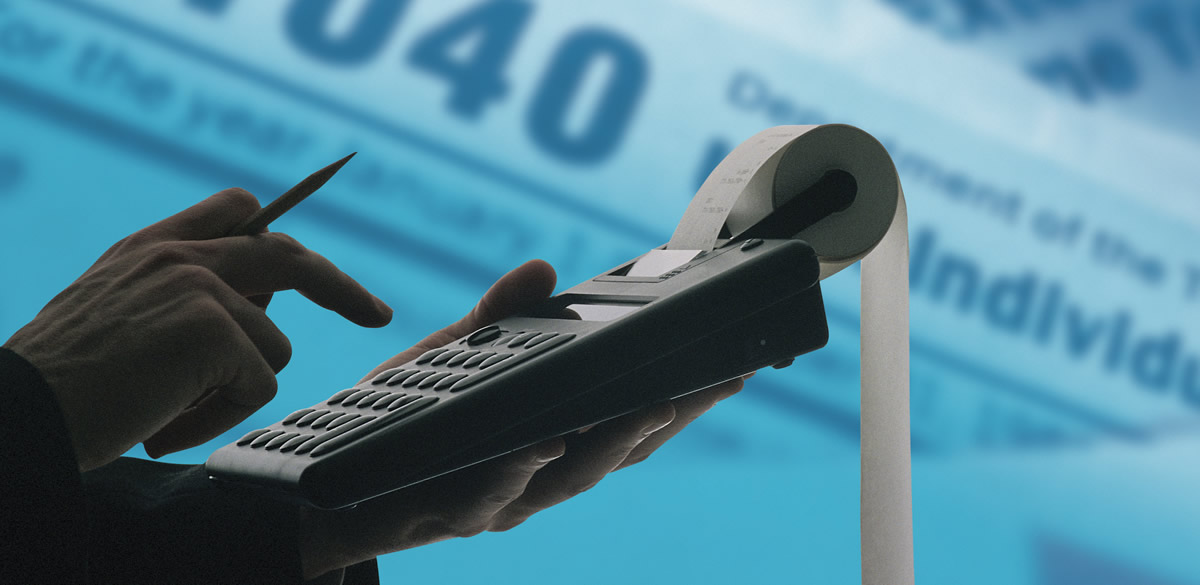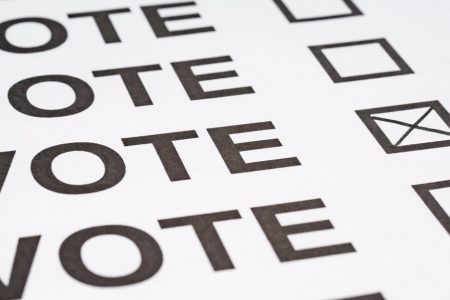On this Tax Day, there’s one more reason for governments to close the gap in wages and employment between women and men: Women are more likely than men to be honest on their taxes. When more women work and make as much as men, countries get more tax dollars.
As part of our “Willing to Pay” project, we conducted one of the largest experiments on tax compliance in the world. We studied hundreds of people in the United States, the United Kingdom, Sweden, and Italy. These countries vary widely in terms of gender wage gap and workforce participation. And we found that, even when there are smaller gender differences in the workforce, gender differences in tax compliance are here to stay.
Previous studies have also found that women are more likely to pay all of their taxes. But we found something new. Many have claimed that women probably are more honest on their taxes because they are risk-averse, or less likely to take risks, but we found no differences between men and women in risk attitudes. So that is not the right explanation.
Instead, changing the way people think about their duty to pay into public programs as the more difficult, but especially important, task despite discrepancies between women and men in tax paying.
With a woman as a likely nominee for United States President, people are talking more and more about the gender gaps in wages, employment in industries like tech, and in elected office. From politicians to companies, from research institutes to international bodies, everyone is developing approaches to assessing and addressing the issue.
Many of these efforts to increase the share of female participation in the economy are mostly about the potential increase in economic productivity. Other more balanced evaluations (like the ones in The Economist and in Farida Jalalzai’s book) address the professional challenges and opportunities for women in various countries. Despite the wealth of studies on gender inequalities, there is not enough data about the actual effects of increased participation on public budgets.
Closing the gender gap is an ongoing challenge for national governments and employers. Both can be influenced by public opinion, but they remain bounded by cost considerations.
In many cases, addressing the gender gap involves social services that allow for increased participation. These can include childcare, early childhood education, and paid parental leave. However, these policies are not implemented or are weakened by the unwillingness or inability to devote the necessary resources to them.
But when you consider that women are more likely to pay all of their taxes, you can see that closing the gender gap would actually bring more money to the public coffers.
Progress in terms of equal pay or increased participation in the labor market is not only the right thing to do, but more pragmatically, it can also relieve some of the financial burdens many countries are facing.
Whether it is nurture, nature, or both, this reality can help ensure the delivery of necessary public goods and services. In the aftermath of the 2008 financial crisis, there is a continuous burden on public budgets, both in the United States and the European Union. Therefore, it makes sense to develop to proactively bring women into the paid labor force, and pay them equal wages, so we can spread the taxpayer responsibility of paying for the public programs we all benefit from.
This article was originally published by The Huffington Post.




